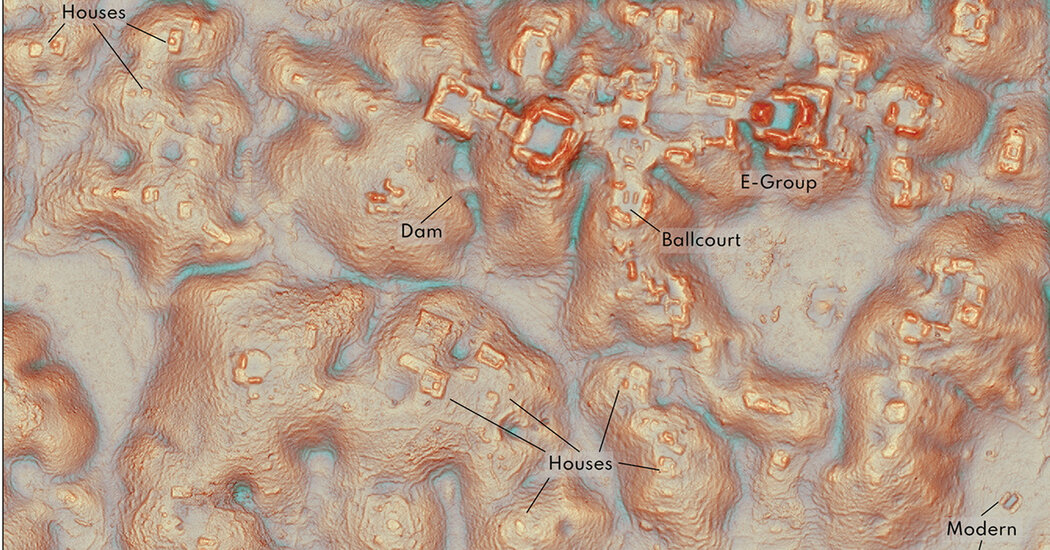A city with temple pyramids not far from the road and a site with a Maya complex built alongside a sinkhole lend to evidence that the Maya civilization was even more sprawling than known.
East of the town of Dos Lagunas, past the major highway cutting through Mexico’s south, the forest rises up in a dense wall of grasping roots, spindly branches and veils of brown and green.
Beyond it lies the ruins of an old Maya city, barely a 15-minute walk from the busy roadway but until now unknown to archaeologists, its secrets cloaked over the centuries by unchecked foliage.
“It’s humbling,” said Marcello Canuto, an archaeologist at Tulane University and one of the researchers who have documented the site. “It’s how easy it is not to know what’s just another 100 meters beyond what you can see when the forest is intact.”
The team found the site not from the ground, but by scouring aerial scans taken for the use of ecologists. Upon close examination, the researchers revealed ruins with all of the hallmarks of ancient Maya.
“If you could design for a video game all of the classic features of a Maya city, they would look like this,” marveled Luke Auld-Thomas, a doctoral student at Tulane who spotted the site in the scans. “It’s got temple pyramids, a palace complex, big public plazas, reservoirs, dams, a broad processional causeway linking different complexes across hilltops.”
Mr. Auld-Thomas said the archaeologists also found the remains of residential buildings, terraces, field walls, garden areas, stabilized hills and other signs of human industry.
